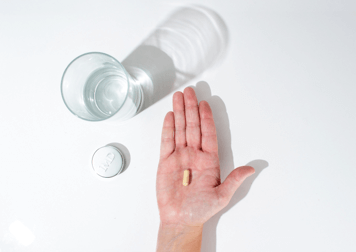The Best Exercise for Aging Muscles
8 minute read

Aging can take a huge toll on the body from your outer appearance all the way to every cell deep inside.The process of aging can seriously impact muscles but by taking care of your muscles, you can extend their health. At the very least, you can minimize the effects and potential damage of aging to maintain a youthful feeling as long as possible.
How Muscles Change with Age
Beginning around age 30, people lose about 3 to 5 percent of muscle each decade. Men can expect to eventually lose about 30 percent of muscle through lifetime, increasing risk for fractures and other problems.
| Related: Turmeric (Curcumin) Keeps Old Age at Bay |
Additionally, a loss of muscle can lead to a decline in overall metabolic function, increasing risk for diabetes, obesity, and heart disease. Certain exercises can benefit aging muscles. Some of these exercises can undo damage done to mitochondria during the aging process.
As part of the aging process, muscles decrease in size and loss mass, which can be accelerated by a sedentary lifestyle. In addition, the number and size of muscle fibers decreases so muscles take longer to respond.
Mitochondria
Mitochondria convert chemicals from food into energy to be used by the cells. As we age, mitochondria appear to decline in function, which may lead to age-related conditions or diseases.
This decline in mitochondria quality and function is believed to play a role in muscle loss, as well as repair. Recovery from injury to muscles is impacted because the cells are unable to regenerate as readily. These cells also become less strong as mitochondria diminish in vigor and number, affecting the energy production for the cell.
Exercise may be an effective intervention to prevent dysfunction in mitochondria in muscles.

What Type of Training is Most Effective?
According to a study published in Cell Metabolism, high-intensity aerobic exercise is most effective at disrupting changes at the cellular level, in comparison to resistance training and combined training. All three types of workouts resulted in improved lean body mass, as well as insulin sensitivity, which is a risk factor for metabolic syndrome and Type 2 diabetes.
| Related: Powerful Qigong Exercises to Strengthen Arthritic Knees |
However, subjects who had limited workouts to resistance training did not show improvements in either aerobic capacity or mitochondrial function in muscles, which is significant in delaying the impact of aging on muscle composition and function.
HIIT Study
HIIT or high-intensity interval training has gained popularity as a workout. Essentially, HIIT workouts combine short bursts of activity followed by short intervals of rest. In a study at Mayo Clinic, researchers randomly assigned either high-intensity interval cycling, strength training with weights or a combined workout between male and female subjects who were either younger than 30 or older than 65.
Those assigned the HIIT workout cycled three days per week with four four-minutes of high-intensity cycling followed by three-minute of easier cycling; two days per week, these subjects spent 45 minutes walking briskly on a treadmill.
The group that did strength training only worked on upper and lower body exercises twice a week and the combination group did evenly paced cycling without intervals, as well as lifted weights five days a week for shorter durations.
Leg strength, lean muscle mass, oxygen capacity, and insulin sensitivity were measured. Researchers also biopsied thigh muscles to look at cellular activity. What they found was that although all three types of exercise were effective, for the group over 65, the HIIT routine provided the most anti-aging benefits to cells.
The ability of the cells to intake oxygen and to produce energy improved by 65 percent in the over 65 group, which also experienced more significant changes in both mitochondria and ribosomes.
Strength training is key to increase muscle size,

HIIT & Mitochondria
Many of the genes changed from HIIT are believed to influence the ability of mitochondria to produce energy for muscle cells. Interval training produced increases in the number of mitochondria, especially among the older participants. These studies allowed researchers to realize that the decline of cellular health of muscles that is associated with aging is correlated to exercise.
The cells of older people respond much more intensely to exercise than those of younger individuals suggesting that it is never too late to benefit from exercise.
Studies prove that high intensity training can improve muscle cell performance and fight off the damaging effects of aging. The skeletal muscles get energy from mitochondria.Mitochondria have electron transport chains with which they pass electrons from the food you eat to combine with oxygen and form water. This entire process brings protons across the mitochondrial membrane, which recharges ATP (the carrier of energy throughout your entire body).
Since mitochondrial decline is associated with aging as well as cardiovascular fitness, exercise can promote mitochondrial health. Exercise forces your mitochondria to work harder and as they do so they create more free radicals (reactive oxygen) which are signaling molecules.
These signals stimulate the production of more mitochondria. So exercise creates more mitochondria to keep up with the new energy levels required. Interval training is great for improving cardiovascular health and therefore, mitochondria health.
Mitochondria Just Keep on Giving
Improved mitochondria provides benefits for the entire body, not only the muscles. Cellular health is equally linked to aging and exercise.
Exercise promotes mitochondrial changes that may benefit the liver, kidneys, and the brain, too. Mitochondrial problems have been linked to a number of serious diseases, so exercise could be a new approach to preventing these various pathologies.
Exercise for aging muscles helps to minimize possible deficits that come with age, as well as improving mitochondrial protein quality control and biogenesis. The benefits of biogenesis to the brain show potential reduction or reversal of age-related cognitive decline, as well as possible repair to brain damage following a stroke. Damaged mitochondria can also trigger mutations that lead to cancerous cells, so by optimizing mitochondrial health, you can protect against this as well as other diseases.

Intense Interval Training for Seniors
At first thought, intense interval training may seem too much for most elderly individuals but this is not the case. Intensity interval training can be performed at any age. As maximum heart rate should be 220 minus age, this figure decreases with age. To adjust workouts, gradually increase repetitions.
Workouts can be adjusted to meet individual needs and exercisers are able to benefit, even at a lower intensity.
The Ideal Workout
As you get older, you ideally want to follow a workout session similar to that provided below. This will help keep your muscles in optimal shape and even more importantly, support the health of your valuable mitochondria.
♦ Warm up for three minutes
♦ Exercise as hard as you can for thirty seconds. If you have done this right it will feel as though you couldn’t possibly go any more.
♦ Recover for ninety seconds
♦ Repeat the high-intensity session and recovery up to seven more times. Note that when you first start intensity interval training, you should only do two or three repetitions to ease your body into this new routine.

The Bottom Line
Getting older doesn’t mean your body must suffer through aches and pains. Yes, there will be a certain amount of deterioration and decline, but this does not have to define you.
Studies have shown that cells can go the distance with the right support system. Appropriate exercise programs are just what you need to support the health of mitochondria, which will deliver endless benefits throughout the body.
High intensity interval training exercises are your best bet when it comes to fighting the aging process, ultimately extending the life of your cells and your body, overall.
READ NEXT >>> Understanding Joints, Cartilage, and The Aging Process

-
https://www.aarp.org/health/healthy-living/info-2017/anti-aging-workout-fd.html
-
https://www.nytimes.com/2017/03/23/well/move/the-best-exercise-for-aging-muscles.html
-
https://newsnetwork.mayoclinic.org/discussion/mayo-clinic-discovers-high-intensity-aerobic-training-can-reverse-aging-processes-in-adults/
-
http://www.cell.com/cell-metabolism/fulltext/S1550-4131(17)30099-2
-
https://www.ncbi.nlm.nih.gov/pmc/articles/PMC3582127/
-
https://www.ncbi.nlm.nih.gov/pmc/articles/PMC5390452/

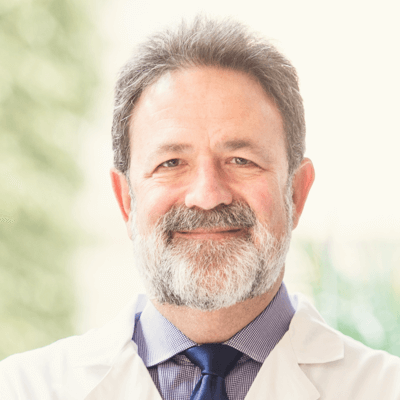


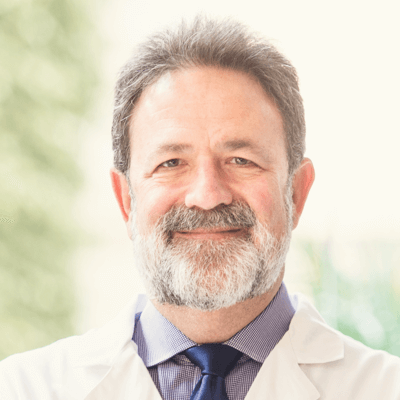
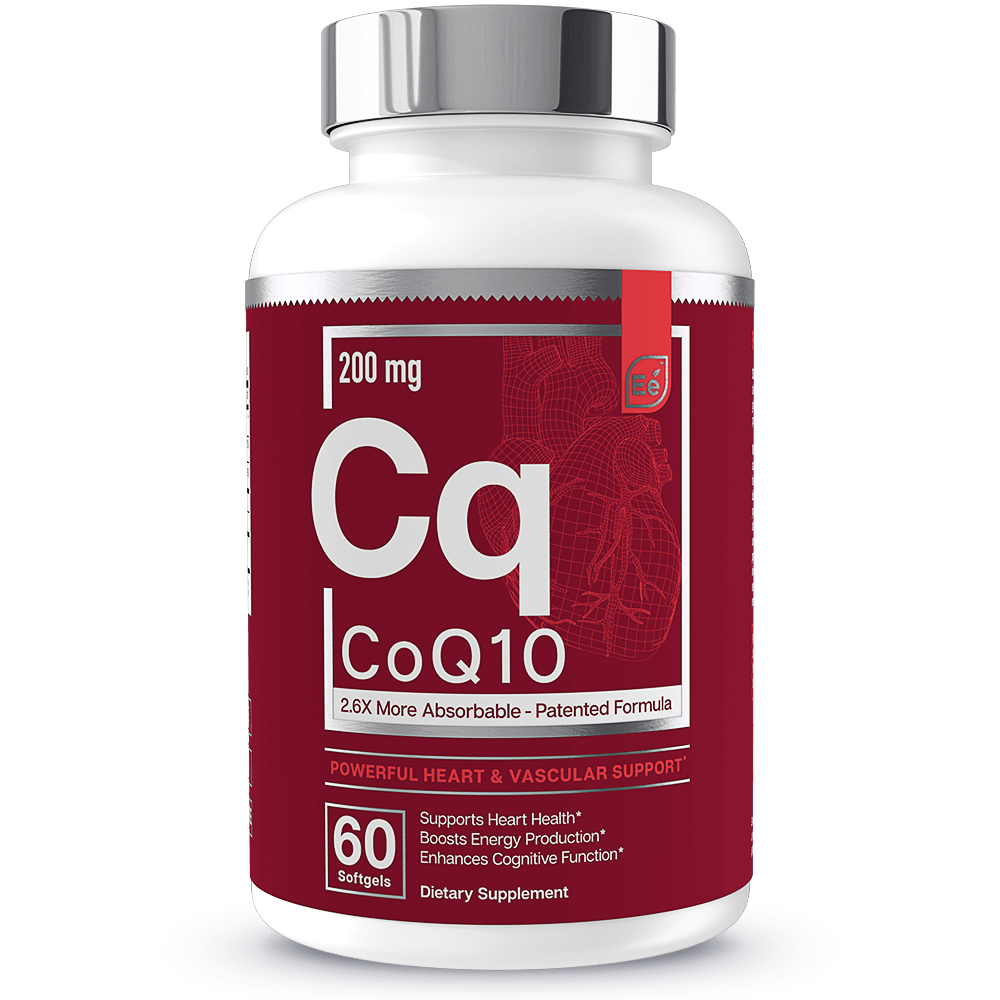





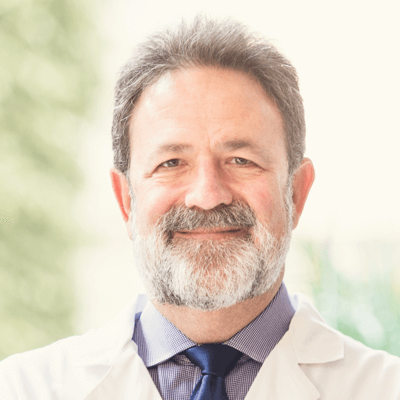












 Health Guides
Health Guides
 Latest Research
Latest Research


